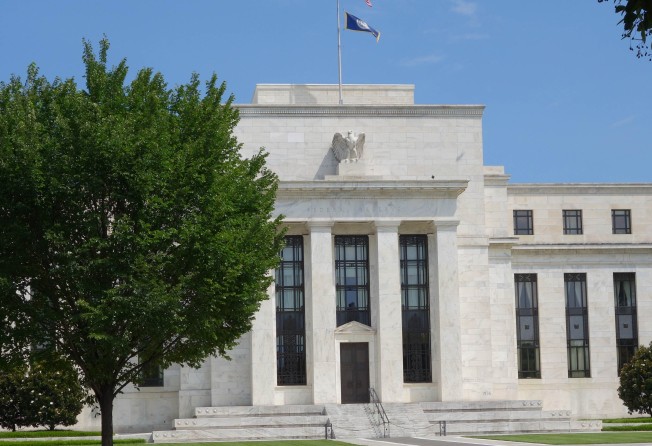Don’t expect Fed liftoff on rates to end uncertainty for emerging markets
Emerging market policymakers grouse uncertainty is stoking market volatility

Two years ago, emerging market (EM) policymakers, to say nothing about international investors, were terrified by the prospect of a tightening in US monetary policy.
Even the hint of a scaling back, or “tapering”, of the Federal Reserve’s asset purchases was enough to trigger a sharp sell-off in EMs, resulting in heavy outflows from EM equity and bond funds.
Yet at the annual meetings of the International Monetary Fund (IMF) and World Bank in Peru last weekend, the views of EM policymakers were much more nuanced.
For some EM governments and central banks, the Fed’s decision not to raise its benchmark interest rate last month was a mistake on the grounds that it has prolonged the uncertainty surrounding US monetary policy, fuelling volatility in markets.
“This year, compared to a year ago, many [EM] central bank governors and some others were keener that the Fed just get on with it, not because they were keen to see interest rates rise, but because they wanted to reduce uncertainty”, noted Tharman Shanmugaratnam, Singapore’s deputy premier.
Still, it is not at all clear whether a rate hike would have been well received by markets judging from the erratic performance of EM equities since the Fed announced its decision on September 17.
EM stocks fell 7 per cent in the 10 days following the Fed’s decision but have risen 8 per cent this month. This week, EM equities were falling once again.
Volatility has been the watchword for sentiment towards EMs since the Fed’s decision to keep rates on hold.
This is not surprising given that, from a market standpoint, the arguments for keeping rates steady are just as compelling as those for getting the psychologically important initial rate hike (the first in nearly a decade) out of the way.
On the one hand, the Fed’s dithering is amplifying vulnerabilities and risks in markets. That the Fed’s rationale for not hiking rates was mounting concerns about China’s economy has only made matters worse by throwing the woes of EMs into sharp relief.
On the other hand, the economic data following the Fed’s announcement suggest the US central bank was right to be cautious.
Not only has the recent batch of US employment and retail sales data proved disappointing, the persistently subdued inflationary environment makes it difficult for the Fed to justify a hike.
Just as worryingly, China’s economy is going from bad to worse. On Tuesday, data showed that the country’s imports plunged nearly 18 per cent year-on-year, boding ill for next Monday’s eagerly anticipated third quarter GDP release.
In Europe, meanwhile, there are growing signs that weakness in EMs is undermining the economic recovery. In Germany, the closely watched ZEW index of economic sentiment slid sharply this month - although partly because of the fallout from the Volkswagen scandal.
What is clear is that the Fed is damned if it does and damned if it doesn’t.
A further delay in monetary tightening adds to the uncertainty in markets while undertaking a hike in such fragile global economic conditions could lead to a further deterioration in sentiment.
More importantly, the conduct of US monetary policy is just one of several factors - and no longer the most important one - influencing sentiment towards EMs. Investor perceptions of China’s economy now have a stronger bearing on market conditions, mostly because growth (or the conspicuous lack of it) has become the focal point of investor nervousness about EMs.
It is not the precise timing of the Fed’s “lift-off” and the path of subsequent rate hikes that will be the main determinant of the performance of EM asset prices in the coming months and years.
The outlook for China-driven commodity prices and the plethora of country-specific economic and political challenges facing EMs will play a much more important role in shaping sentiment.
Lesetja Kganyago, South Africa’s central bank governor, hit the nail on the head at last weekend’s IMF/World Bank meetings in Peru when he said that “it’s the uncertainty that seems to be a permanent feature now. Volatility becomes the order of the day.”
All the more reason, then, for investors not to get too fixated on US monetary policy when the Fed holds its next rate-setting meeting on October 27-28.
Nicholas Spiro is managing director of Spiro Sovereign Strategy